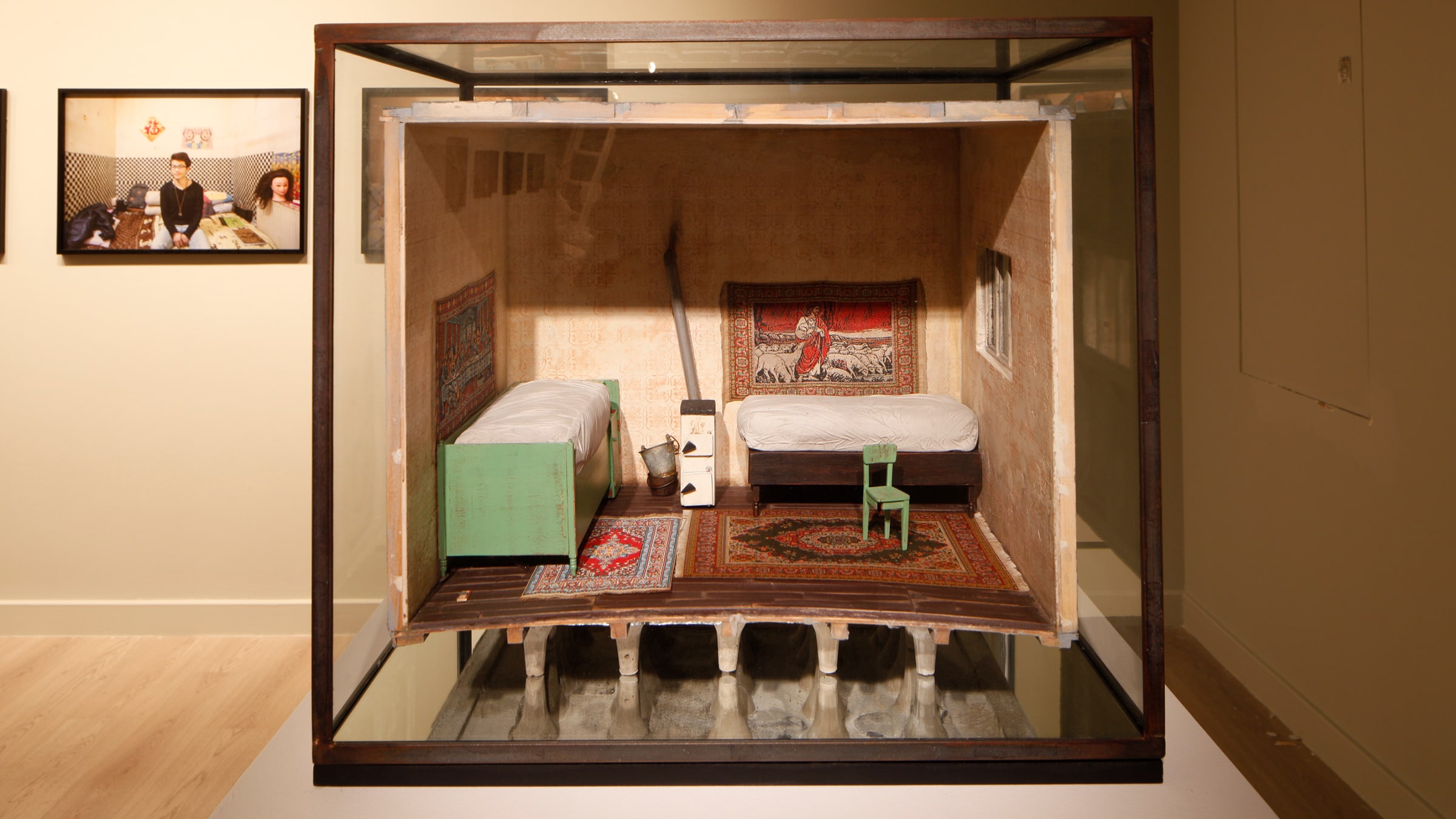Lecture performance
September 15, 2017 / 18:00
In late 2013, Egypt made worldwide headlines when authorities detained a migratory stork traveling from Israel to Egypt because of an electronic device attached to its body. It was suspected of espionage. Almost one hundred years earlier, Lord Allenby, the British High Commissioner in Cairo, completed a major phase in biblical prophecy by launching ‘bird-like machines’ to capture Jerusalem from the Ottomans. The General’s Stork is a lecture performance that converges biblical prophecies, colonial narratives and the politics of surveillance to investigate the contemporary conditions of state paranoia that turned a migrating bird into an international spy.
Heba Y. Amin is an Egyptian visual artist, researcher and lecturer. She is currently teaching at Bard College Berlin, is a BGSMSC doctorate fellow at Freie Universität, and a recent resident artist at the Bethanien artist residency program in Berlin. Amin has received many grants, including the Shuttleworth Foundation Flash Grant, DAAD and the Rhizome Commissions grant. She is the co-founder of the Black Athena Collective, the curator of visual art for the MIZNA journal (US), and curator for the biennial residency program DEFAULT with Ramdom Association (IT). Furthermore, Amin is also one of the artists behind the subversive graffiti action on the set of the television series Homelandwhich received worldwide media attention.
Free of admissions, drop in. This event will take place in the auditorium. The talk will be in English with simultaneous Turkish translation.
Temporary Exhibition
Pera Museum hosted the 15th Istanbul Biennial, organized by Istanbul Foundation for Culture and Arts (İKSV) and sponsored by Koç Holding. The 15th Istanbul Biennial brought together artworks by 55 artists from 32 countries, all addressing different notions of home, belonging and neighbourhood.
Click for more information about the exhibition.

Tuesday - Saturday 10:00 - 19:00
Friday 10:00 - 22:00
Sunday 12:00 - 18:00
The museum is closed on Mondays.
On Wednesdays, the students can
visit the museum free of admission.
Full ticket: 300 TL
Discounted: 150 TL
Groups: 200 TL (minimum 10 people)